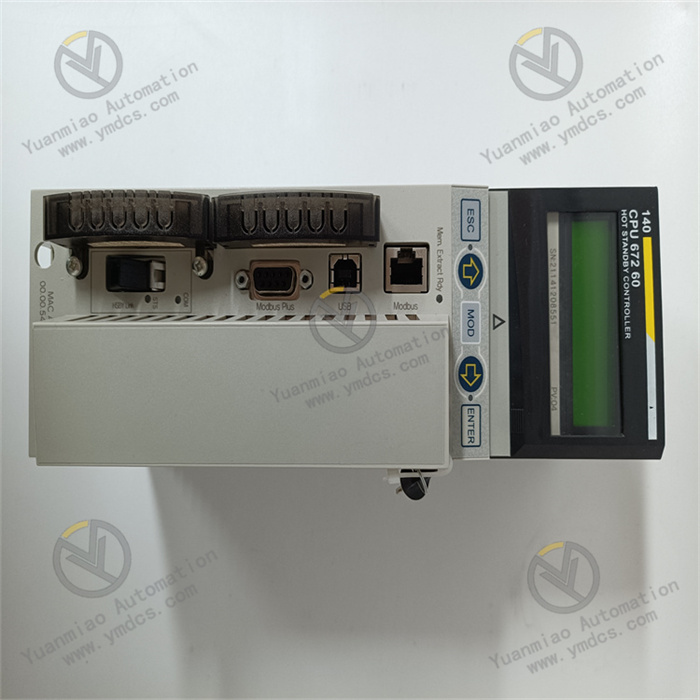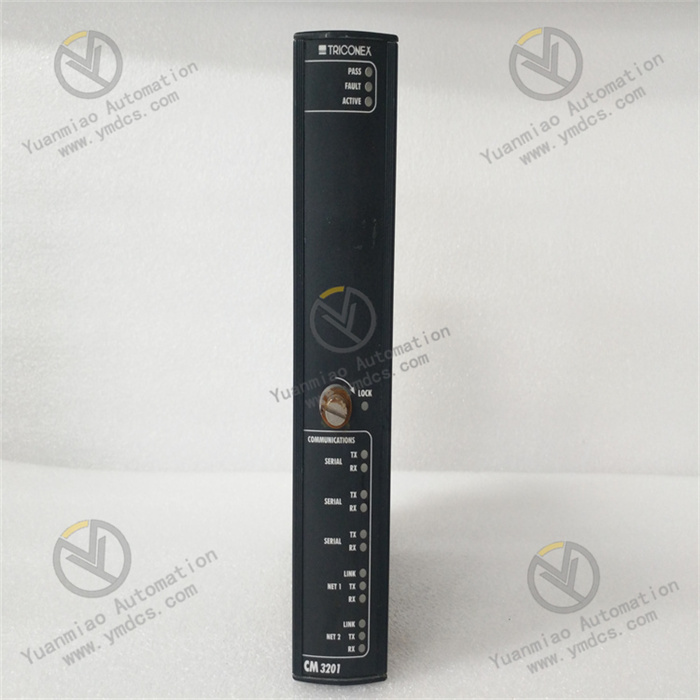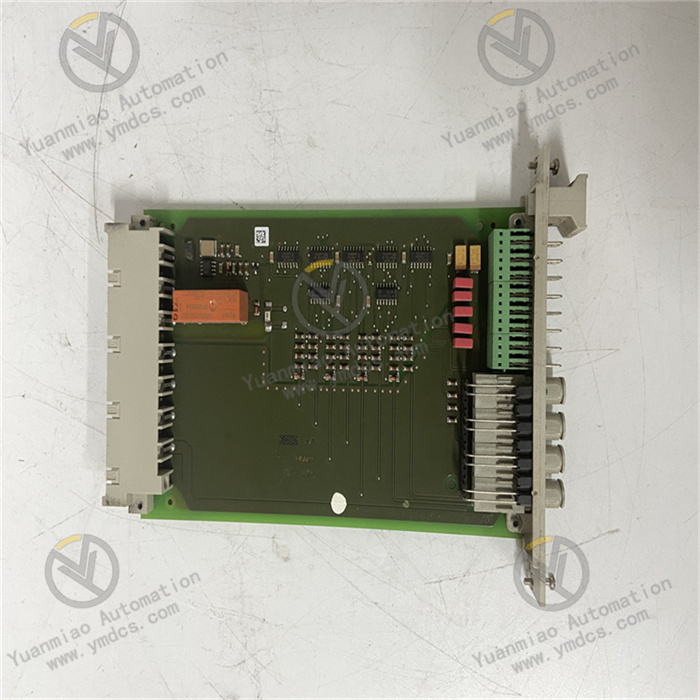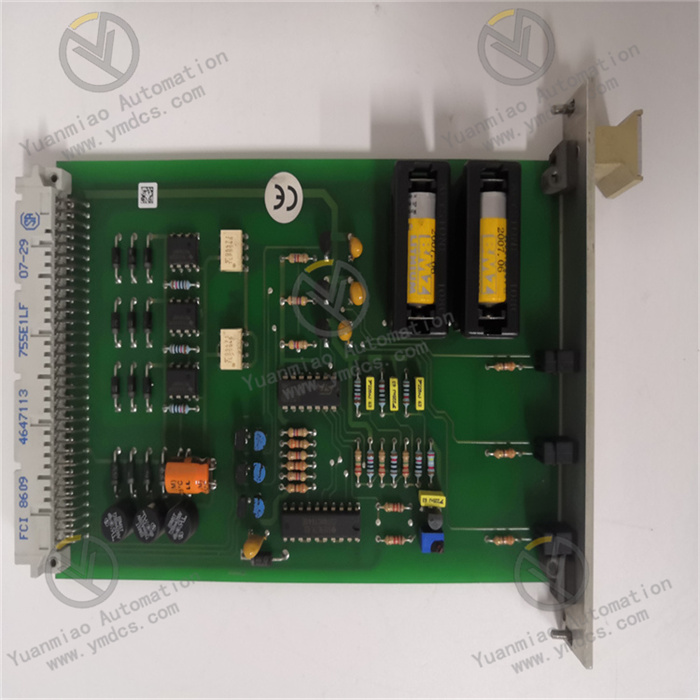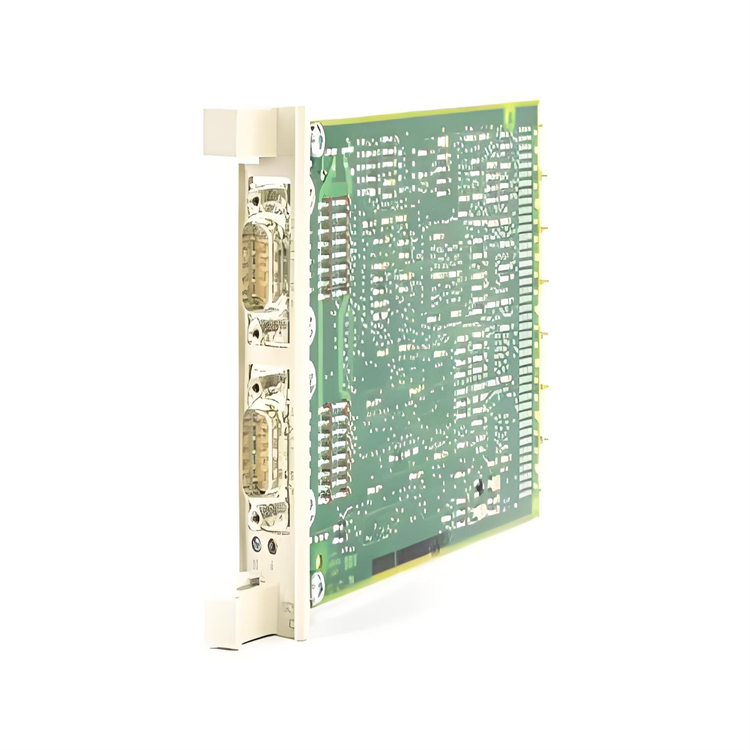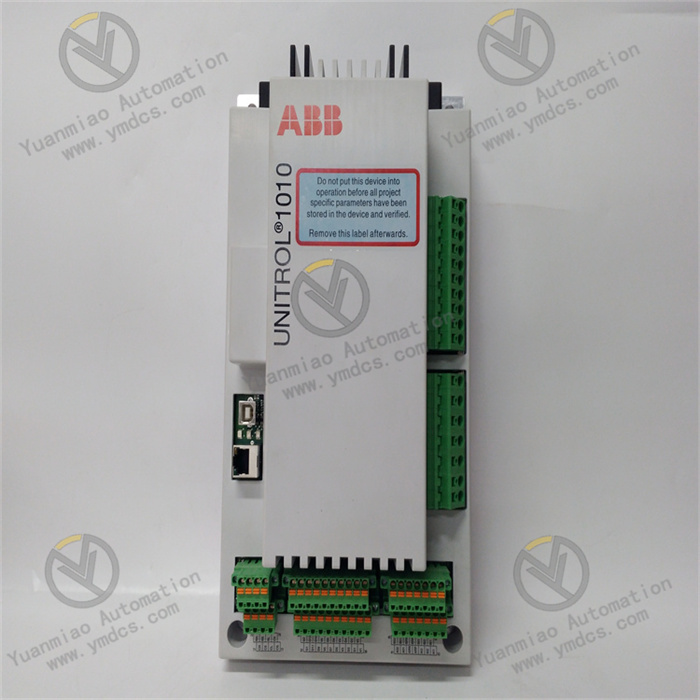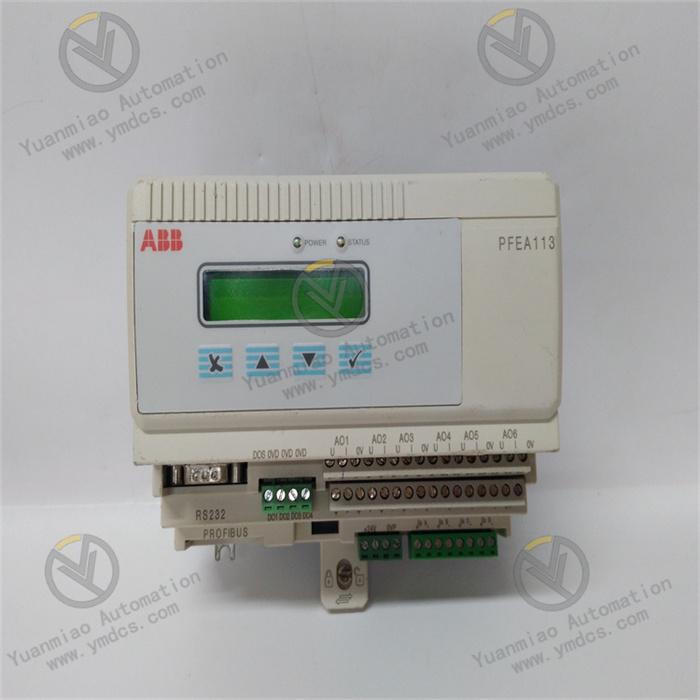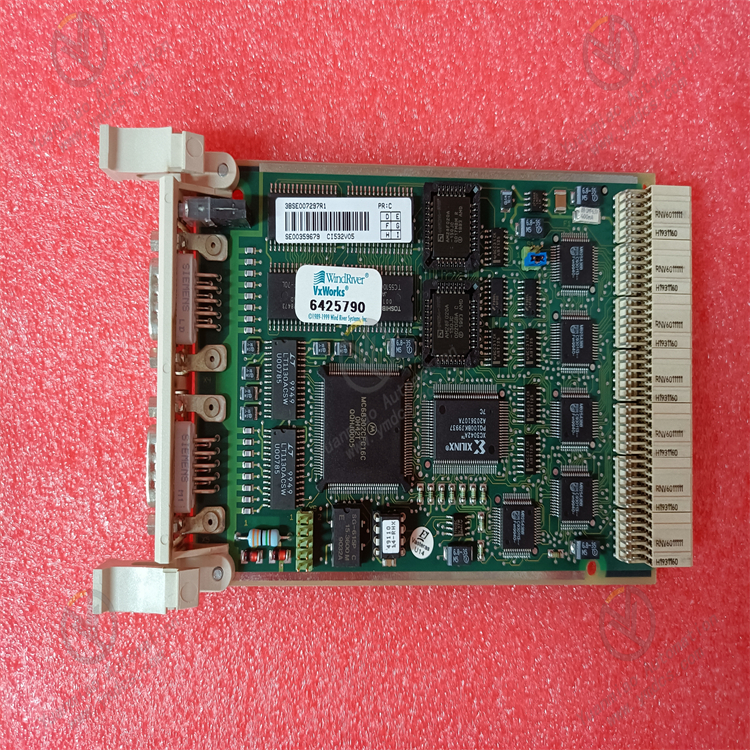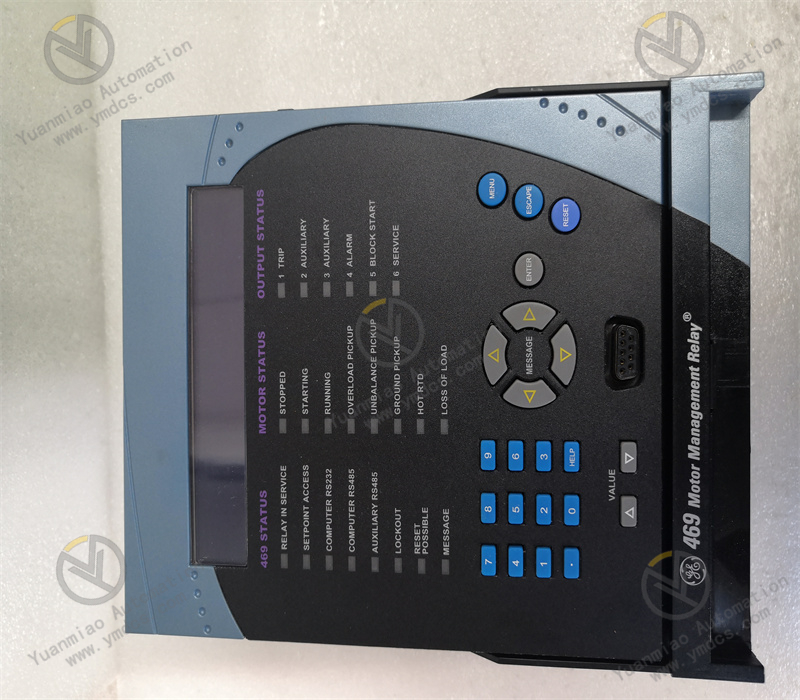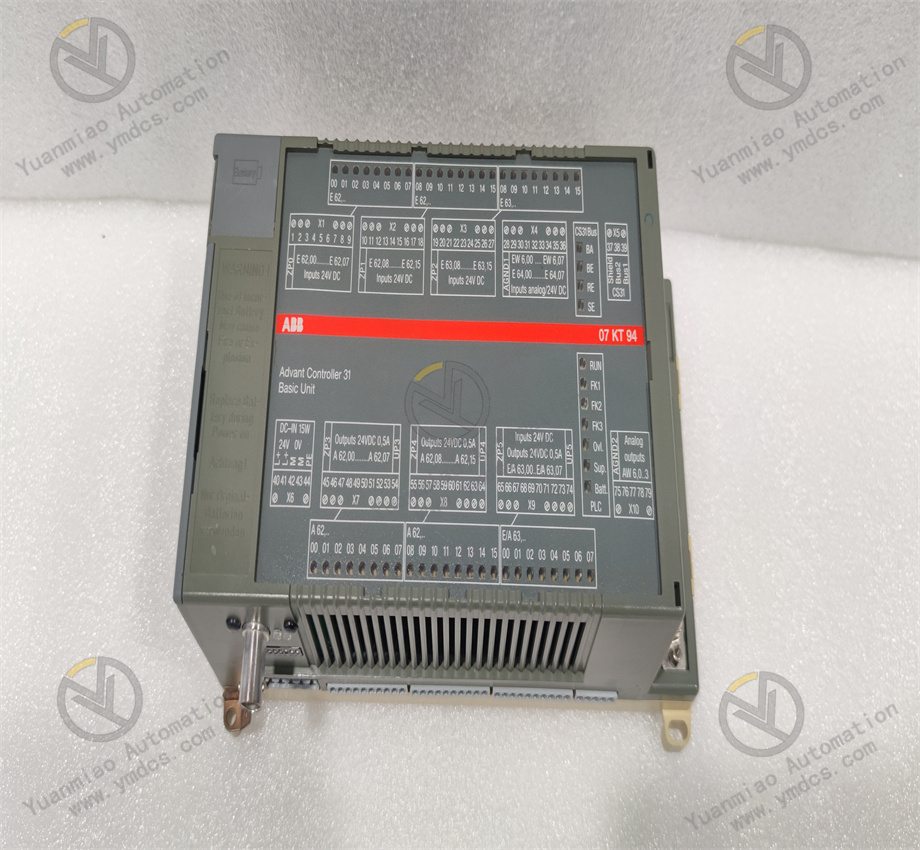Description
VME-7807RC-414001/350-93007807-414001 G
Overview
The Abaco Systems VME-7807RC-414001/350-93007807-414001 G is a high-performance VMEbus Single-Board Computer (SBC) designed for industrial control, data acquisition, and mission-critical computing scenarios. Based on the mature VME (VersaModule Eurocard) bus architecture, it features a rugged 6U single-slot form factor with passive cooling, ensuring reliability in harsh industrial environments.
Functional Features
- High-Performance Processing: Equipped with a powerful processor (specific model to be confirmed), enabling efficient multitasking and real-time processing of complex algorithms for industrial automation and data-intensive applications.
- Enhanced Memory & Storage: Supports scalable memory (e.g., up to [X] GB SDRAM) and flexible storage options (IDE/flash memory) for seamless operation of memory-intensive tasks.
- Diverse I/O Capabilities: Includes VMEbus interface, Ethernet ports (10/100/1000BaseTX), serial/USB ports, analog/digital I/O, and a PMC expansion site for customizable functionality.
- Wide OS Compatibility: Supports real-time operating systems (e.g., VxWorks), Linux, and Windows, allowing flexible deployment across different industrial and communication environments.
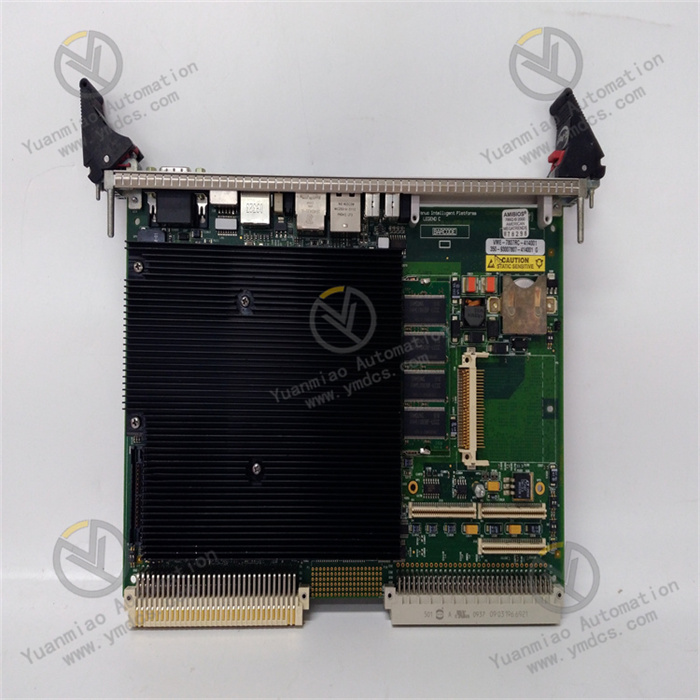
Technical Parameters
| Category | Specifications |
|---|---|
| Processor | [To be updated with specific model, e.g., Intel Pentium or AMD embedded processor] |
| Memory | [e.g., Up to 8GB DDR3 SDRAM] |
| Storage | IDE interface, optional solid-state drive (SSD) or bootable flash memory |
| Network | 2 x Gigabit Ethernet ports (10/100/1000BaseTX), supporting remote boot |
| Expansion | 1 x PMC site, VMEbus master/slave mode |
| Power Supply | [e.g., +5V DC input, low power consumption] |
| Environmental | Operating temperature: -40°C to +85°C; Storage temperature: -55°C to +90°C; |
| Humidity: 5%–95% RH (non-condensing); Vibration: 5g RMS (10–500 Hz) |
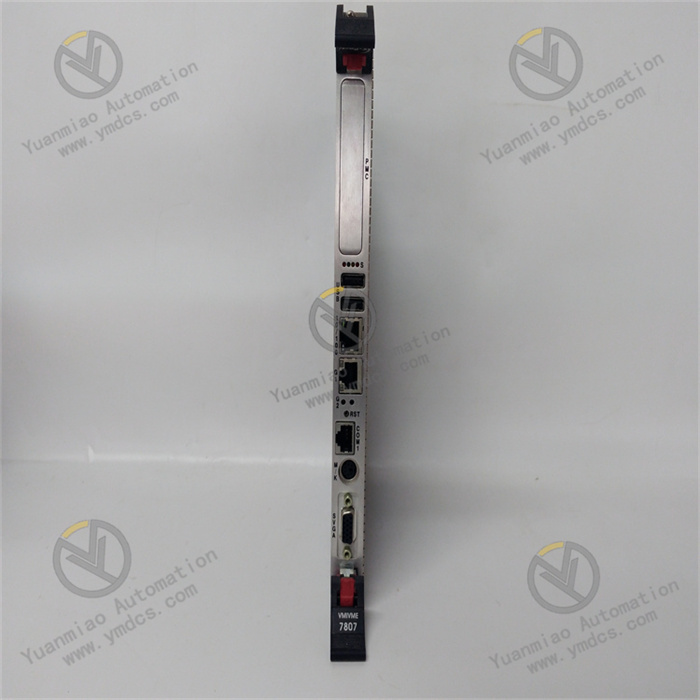
Working Principle
- System Boot Sequence: Upon power-up, the SBC initializes via BIOS, loads the operating system from local storage or network (using PXE boot), and configures hardware resources (memory, I/O interfaces, timers).
- Data Processing Flow: The processor interacts with memory and external devices via VMEbus, processing real-time data from sensors or control signals. Ethernet interfaces handle network communication through protocol encapsulation/decapsulation, while PMC modules extend specific I/O functions.
- Bus Architecture: The transparent PCI-to-VMEbus bridge enables the SBC to function as a system controller or peripheral CPU in multi-CPU setups, ensuring efficient data exchange across the VMEbus ecosystem.

Operation Guide
- Pre-installation Preparations: Verify VMEbus slot compatibility (electrical parameters, power supply), prepare anti-static tools, and ensure the installation environment meets temperature/humidity requirements.
- Module Installation: Insert the SBC vertically into a 6U VMEbus slot, secure with mounting screws, and connect power cables, storage devices, and PMC modules as needed.
- System Configuration: Set up the operating system (e.g., Linux), configure network parameters (IP, gateway), and install drivers for PMC modules. Refer to Abaco’s documentation for BIOS setup and boot order configuration.
Troubleshooting: For boot failures, check power connections and storage integrity; for network issues, test cables and driver installations; for I/O malfunctions, inspect PMC module seating or replace faulty components.


